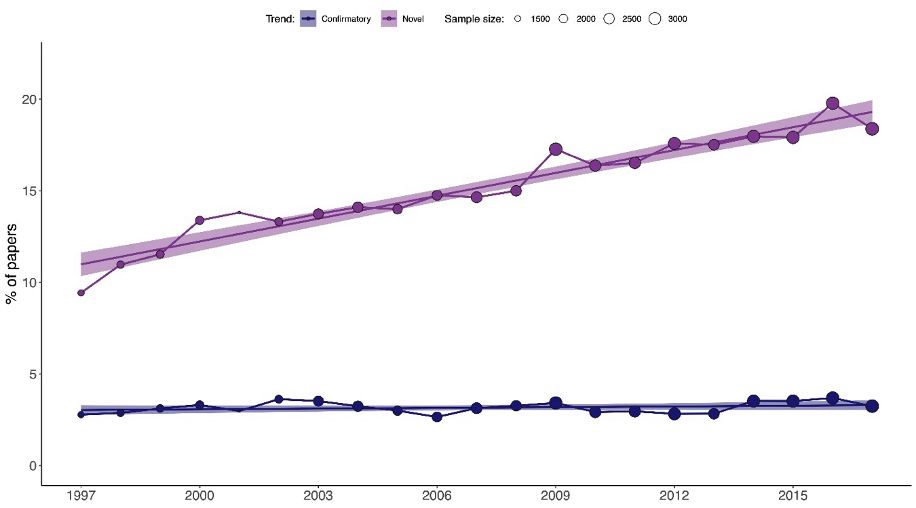
Now published in Peer Community Journal, #ecology section: On the quest for novelty in ecology
29.05.2025 10:01 — 👍 13 🔁 9 💬 0 📌 0@sandinmm.bsky.social
Understanding eukaryotic molecular diversity and evolution. Marie Skłodowska-Curie Postdoctoral Fellow @IBE_Barcelona @beaplab.bsky.social https://miguelmsandin.github.io/ https://thelifeofretaria.github.io/ Mastodon: @SandinMM@ecoevo.social

Now published in Peer Community Journal, #ecology section: On the quest for novelty in ecology
29.05.2025 10:01 — 👍 13 🔁 9 💬 0 📌 0Unsolicited listicle: My list of the most criminally underused/underappreciated phylogenetic comparative methods. Note, I am not involved in ANY of these methods; but I see them as things people are often asking of comparative data but have been surprised at how infrequently they have been cited.
21.05.2025 20:06 — 👍 147 🔁 68 💬 4 📌 0With the « Life of Retaria » we do podcasts! Listen to the first one during which we interviewed @fabnot.bsky.social #protistsonsky
12.05.2025 17:37 — 👍 18 🔁 5 💬 0 📌 0My friends in the Life of Retaria group decided to make a podcast! In the first episode, they interview @fabnot.bsky.social about his journey as a scientist. I loved the first episode, hope you do too! @juliemeilland.bsky.social @sandinmm.bsky.social et al.
thelifeofretaria.github.io/podcast.html
#protistsonsky
08.05.2025 13:39 — 👍 0 🔁 0 💬 0 📌 0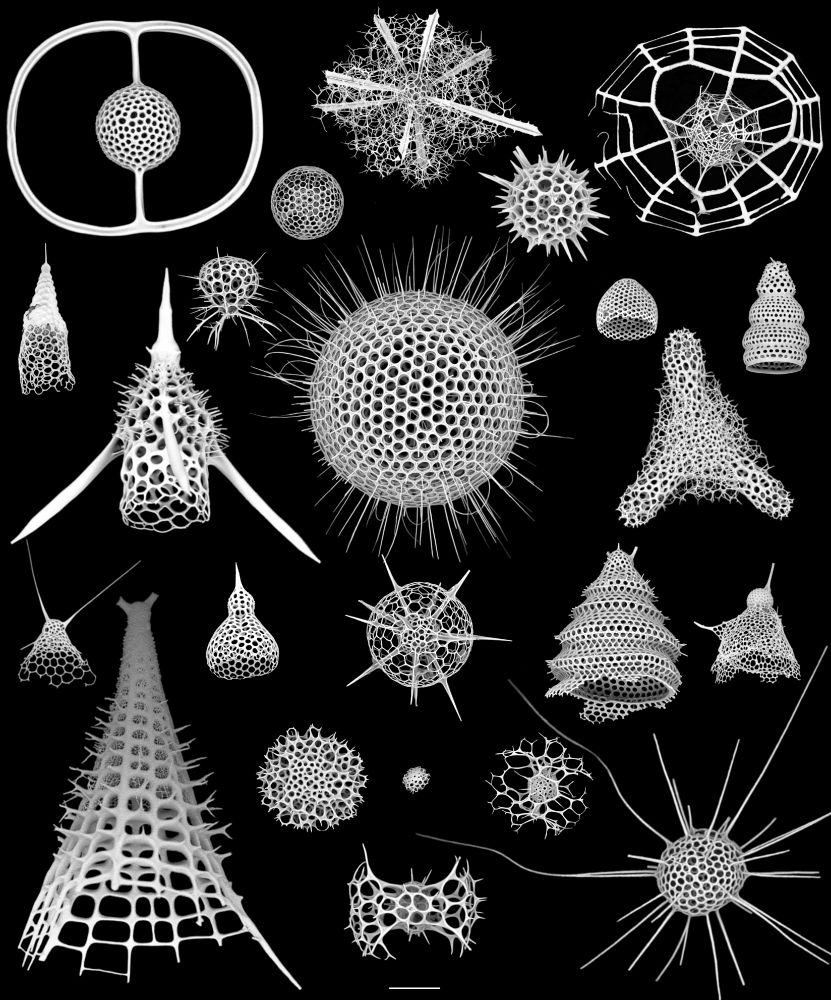
A lovely collaboration with @plannapus.bsky.social, Noritoshi & @fabnot.bsky.social, where we merged the extensive groundwork on the Polycystine fossil record with extant molecular diversity to trace the evolutionary history of Radiolaria from their appearance ~760 million years ago
08.05.2025 13:37 — 👍 12 🔁 0 💬 2 📌 0
Despite 150+ years of Radiolaria diversity research, we have just scratched the surface. Nearly half of Radiolaria diversity might be naked hiding in plain sight! We unveiled the diversity and evolution of Radiolaria beyond "the stars of the ocean"
doi.org/10.1016/j.cu...
Now published online in Current Biology! www.cell.com/current-biol...
07.05.2025 07:17 — 👍 37 🔁 11 💬 0 📌 2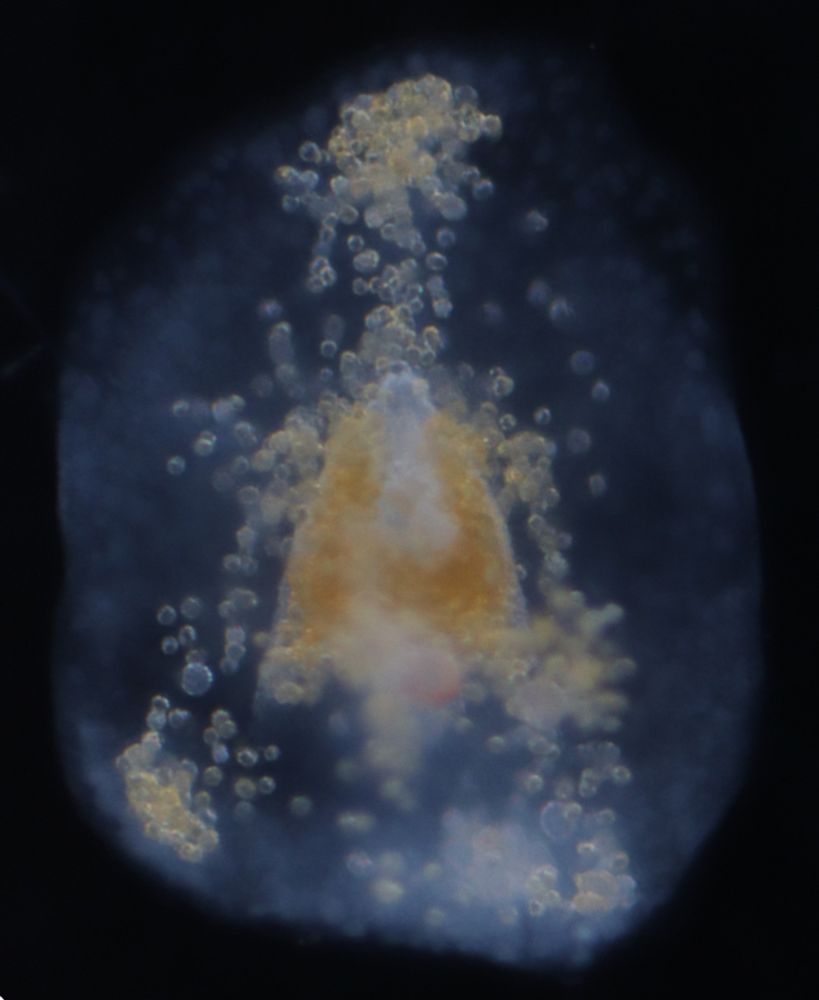
Ah! And if you arrived until here and were wondering about the little golden dots, yes, they are photosynthetic symbionts identified as Scrippsiella. A common dinoflagellate found in symbioses with other planktonic groups like Acantharia (also Radiolaria) or the jellyfish Vellela
05.05.2025 16:24 — 👍 7 🔁 0 💬 0 📌 0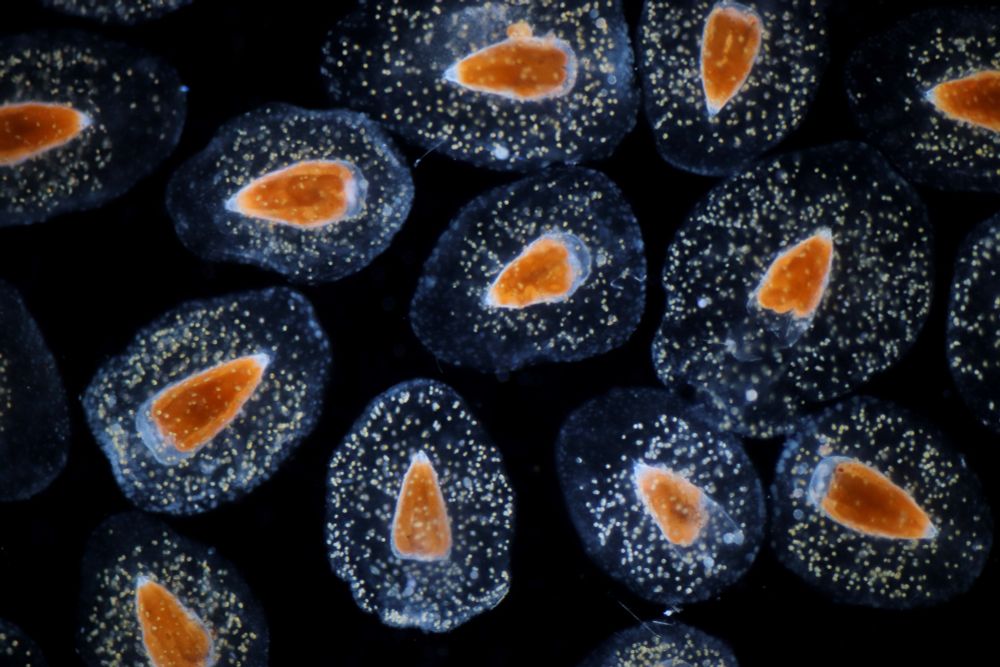
We hypothesize that such a trait could increase the effective volume to weight ratio favoring prey contact and capture, and provide an advantageous microenvironment for symbionts, enhancing ecological success in nutrient-depleted waters.
Pictures credit of @n-llopis-m.bsky.social, by the way!
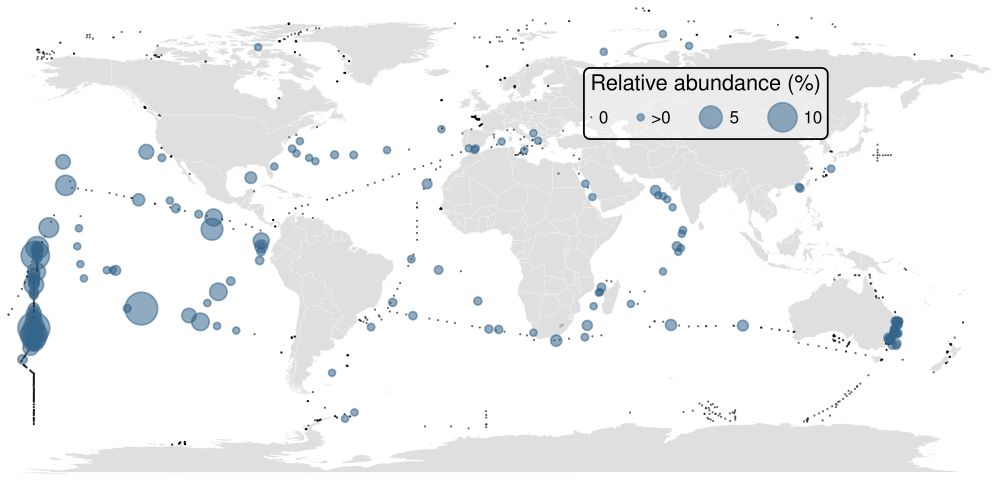
Despite Phlebarachnium was rarely observed, metabarcoding analyses revealed a strong biogeographic affinity to oligotrophic water masses and co-occurrence with other gelatinous-bearing Radiolaria, reaching relative abundances of more than 13% to the total eukaryotic reads in specific samples
05.05.2025 16:24 — 👍 3 🔁 0 💬 1 📌 0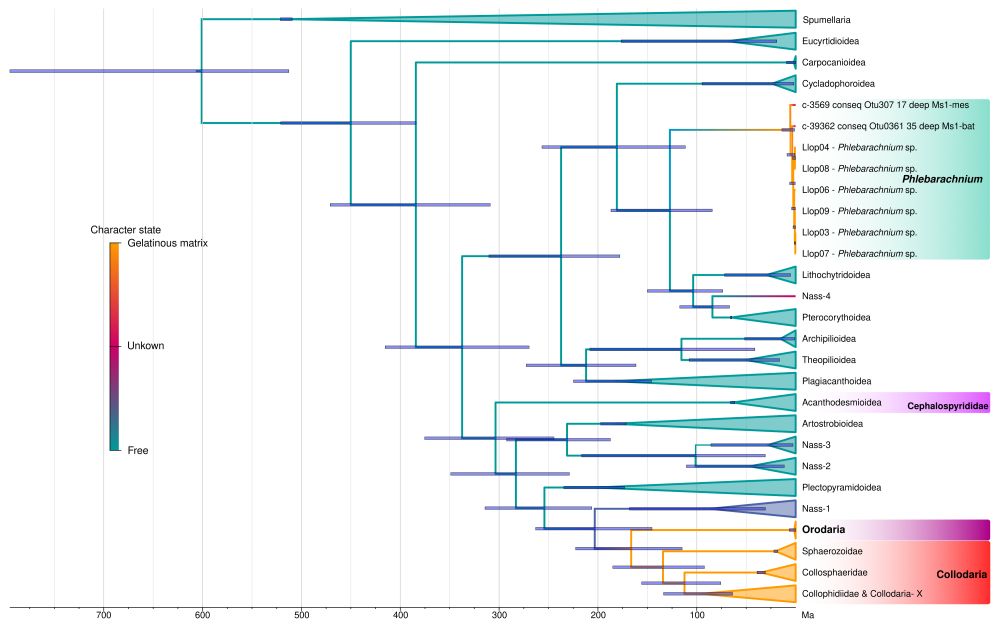
We introduce the first molecular characterization of Phlebarachnium, one of the few Radiolaria known to live within a gelatinous matrix besides Collodaria. Yet these lineages of Nassellaria developed independently the ability to produce the gelatinous matrix ∼150 million years ago
05.05.2025 16:24 — 👍 4 🔁 0 💬 1 📌 0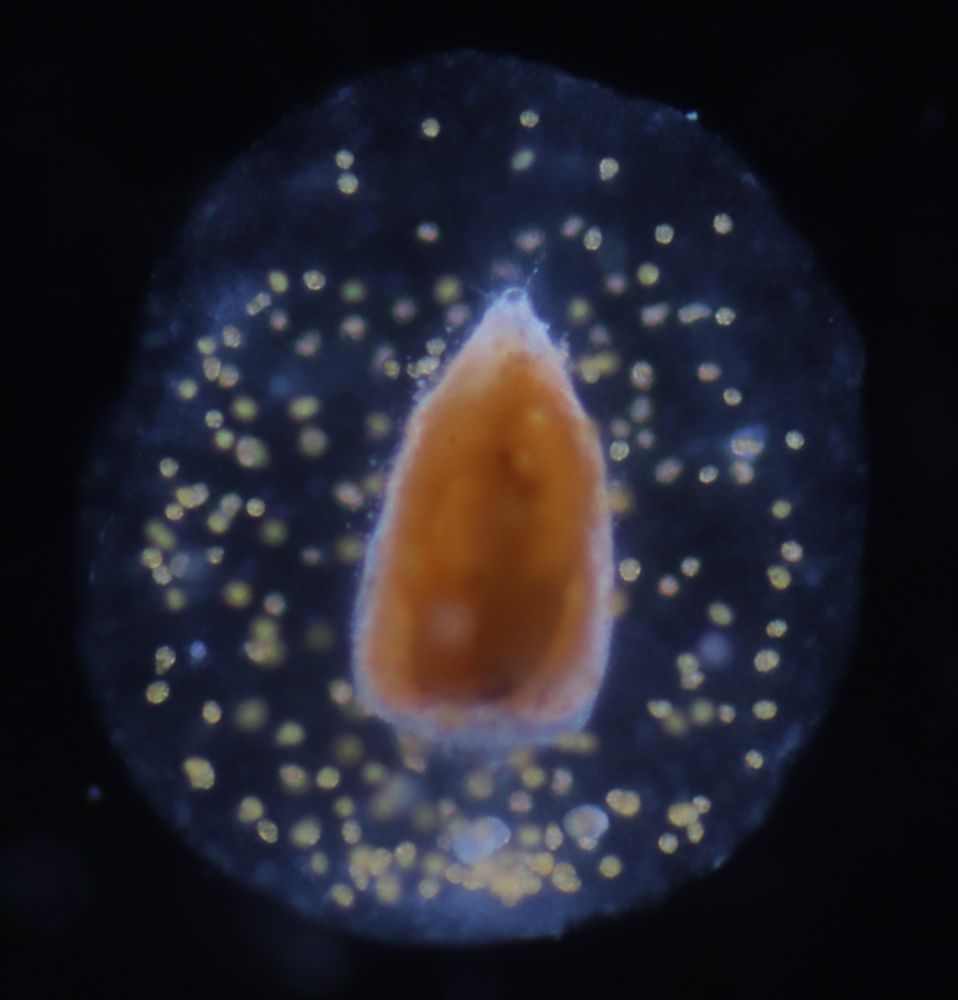
Why do some planktonic protists develop a gelatinous matrix? We suggest that this original adaptation is a strategy to cope with ocean oligotrophy: doi.org/10.1111/1462...
Led by @n-llopis-m.bsky.social, and thanks to all co-authors, I'm very happy to finally see it out!
#protistsonsky
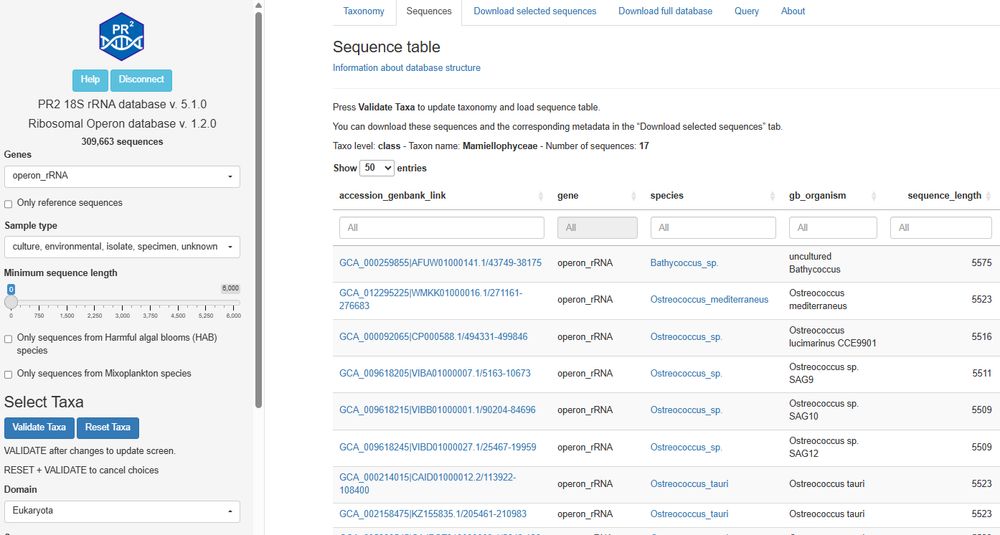
Announcing the new release of the PR2 database, version 5.1.
pr2-database.org/post/news/20...
Very big thanks to all the contributors: @fonamental.bsky.social @ambonacolta.bsky.social @krabberod.bsky.social and more...
A few highlights:
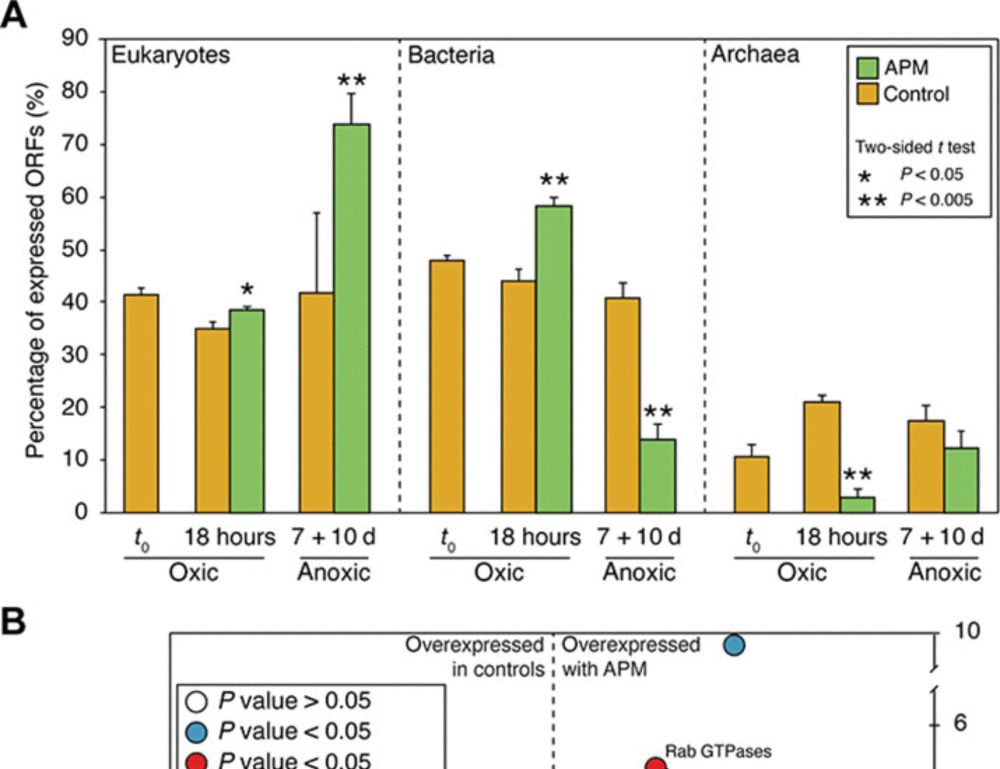
Adding planktonic algae to anoxic marine sediments promotes the anaerobic growth of phagotrophic #eukaryotes. The #Neoproterozoic Rise of Algae may have similarly promoted benthic phagotrophs, directing carbon, energy, and nutrients to early animals. #ProtistsOnSky
www.science.org/doi/10.1126/...

Registration is now open for the ForBio/UiO course “Bioinformatics for environmental DNA sequencing”
@biovitenskap.bsky.social @drhyfe.bsky.social @krabberod.bsky.social @ramalok.bsky.social
www.forbio.uio.no/events/cours...
I feel this might be a good week to re-post this. Data is power.
22.01.2025 13:26 — 👍 8 🔁 2 💬 1 📌 0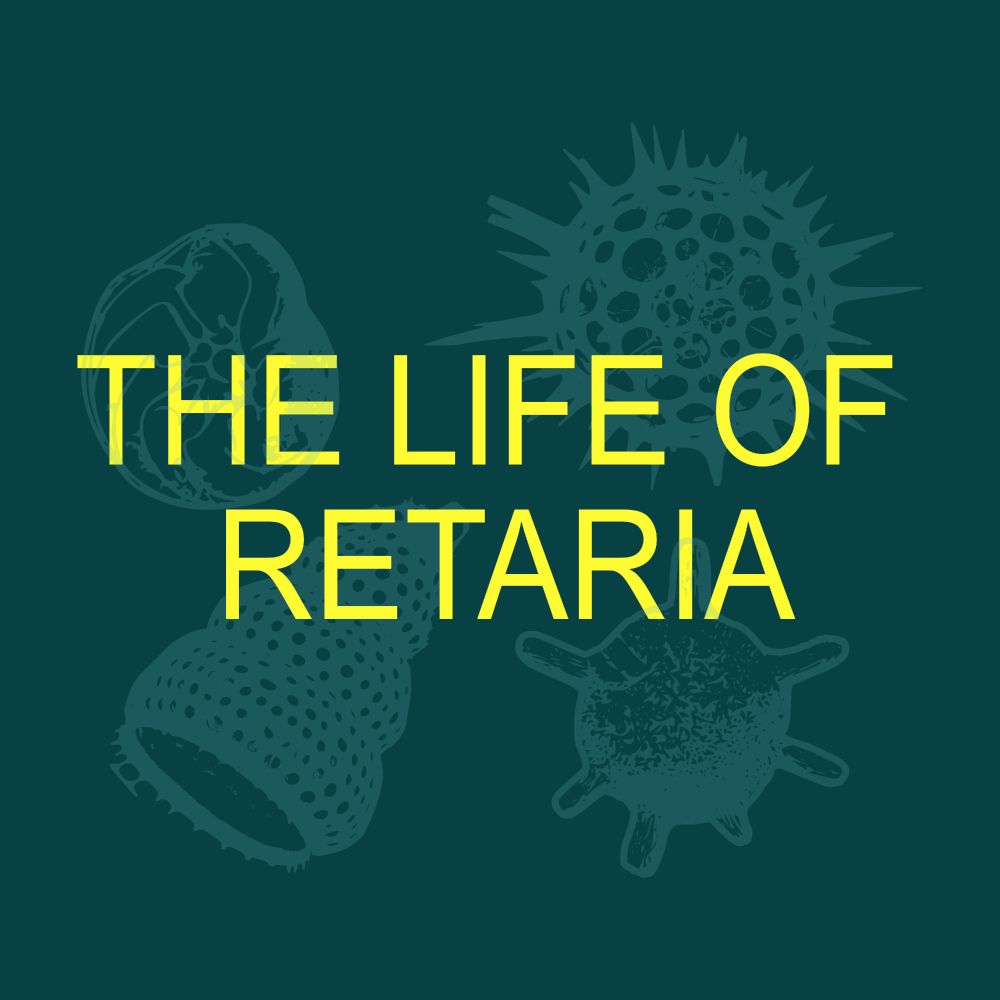
Next Monday 13 we have the 6th session of The Life of Retaria Seminar Series!
Join us at 08h00 (CET) and discover symbiosis in these wonderful protists with Caroline Juery and @filiphusnik.bsky.social
Check it out: thelifeofretaria.github.io
#radiolaria #foraminifera #theLifeOfRetaria #protistsonsky
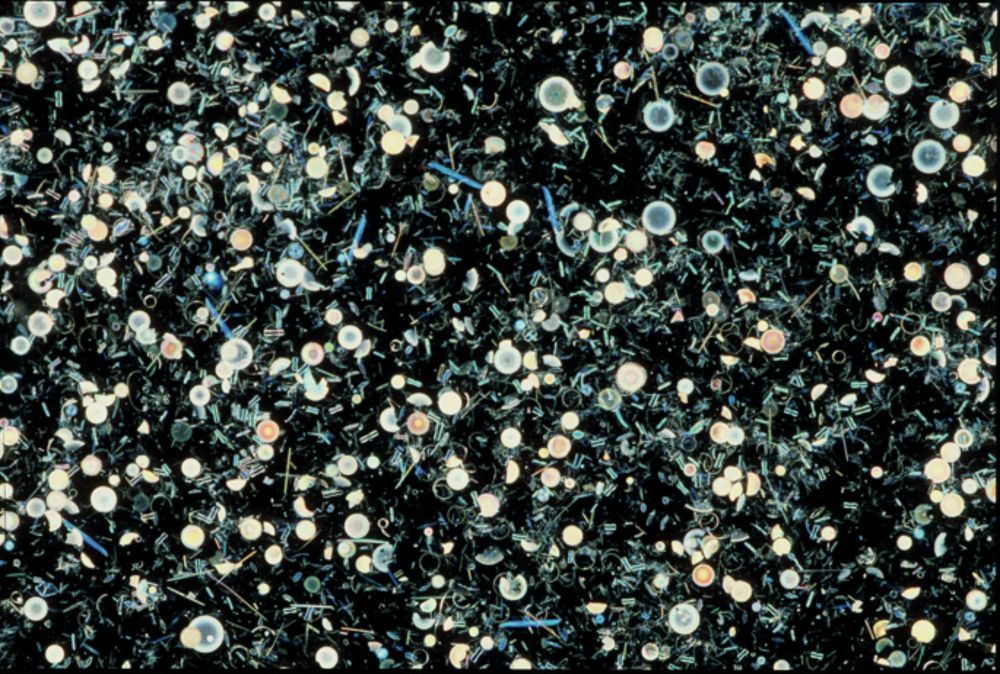
Plankton store carbon and play an important role in our climate. In a new opinion piece, @n-llopis-m.bsky.social—a @sbroscoff.bsky.social Marie Sklodowska Curie postdoctoral fellow at MBARI—shares what we can learn from diatoms.
Learn more: www.nature.com/articles/s41... @naturegeosci.bsky.social
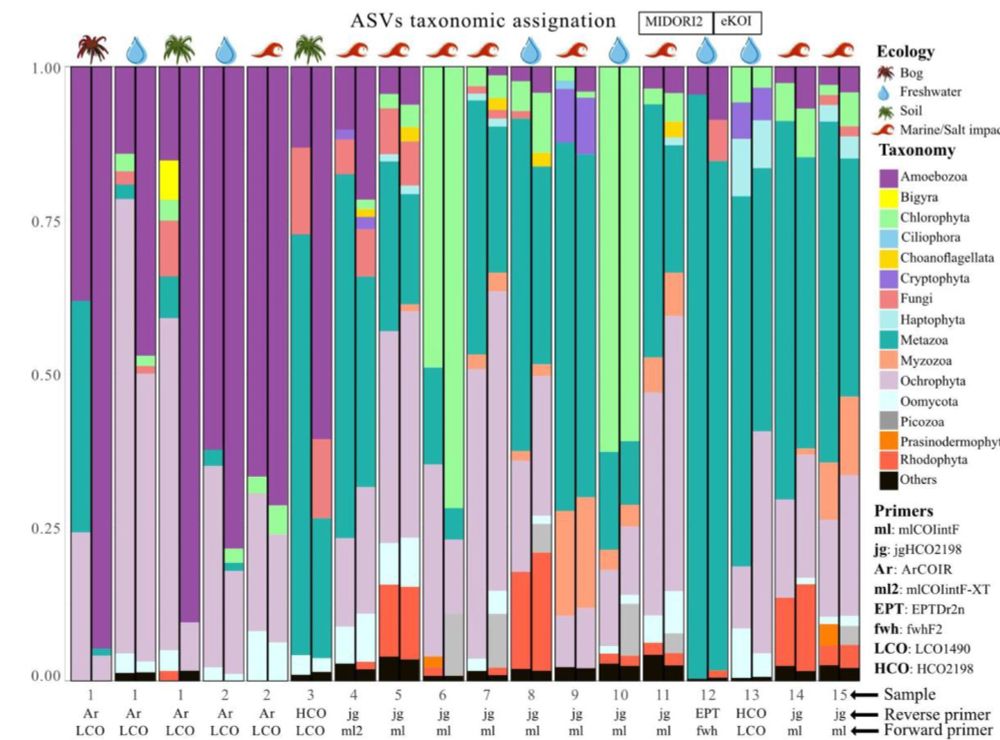
New preprint led by Ruben Gonzalez-Miguens for a new coi database that should be useful to annotate metabarcoding datasets with protists.
www.biorxiv.org/content/10.1...
I am looking for an ERC-funded postdoc to work on spatial proteomics of microalgae (red algae and glaucophytes). The ideal candidate will have experience with mass spec and data analysis (R), but above all a keen interest in broad eukaryote evolution and protists #protistsonsky (1/2)
10.12.2024 07:42 — 👍 68 🔁 65 💬 2 📌 5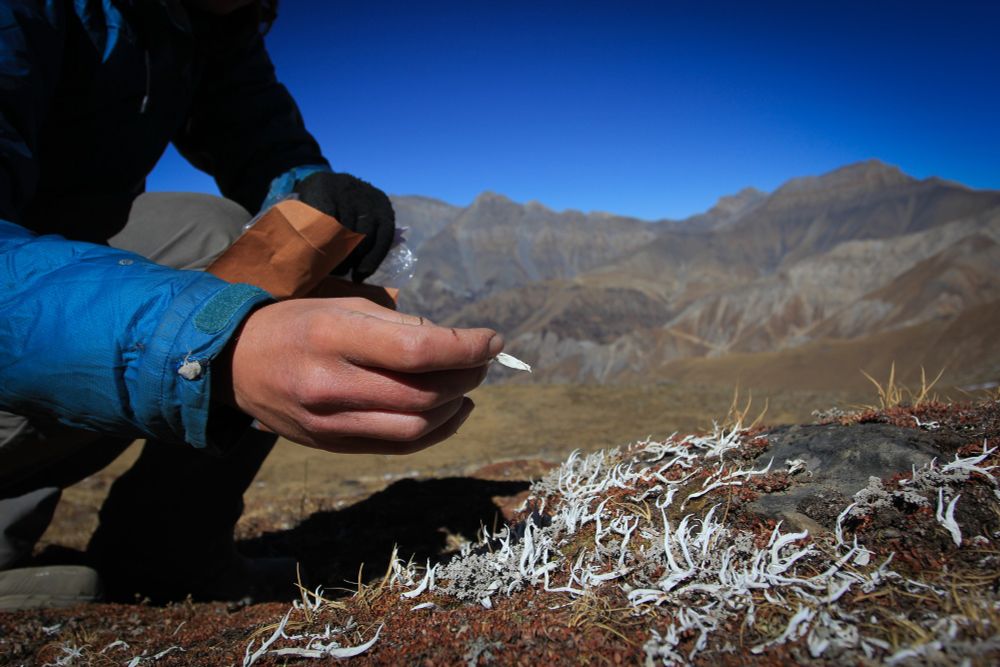
JOB ALERT!
A fully funded PhD opportunity awaits at Uppsala University, Sweden, focusing on the evolution and biology of lichen photobionts.
The position will involved field work, molecular lab work and data analyses (from meta-omics to pop genetics).
#PhDposition
www.uu.se/en/about-uu/...
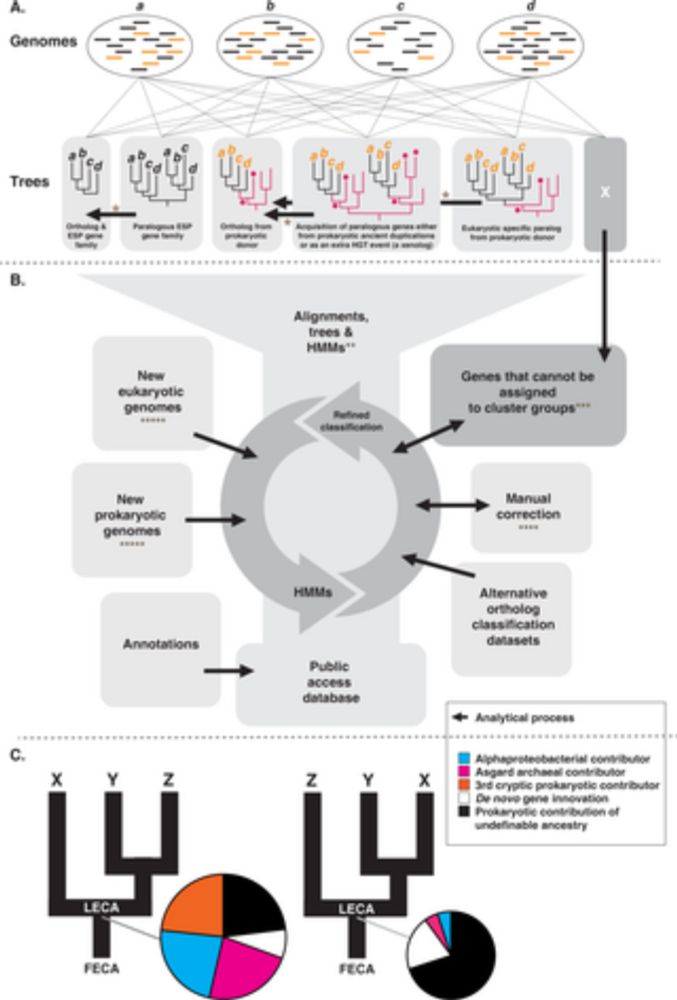
Reconstructing the last common ancestor of all eukaryotes: journals.plos.org/plosbiology/...
25.11.2024 20:38 — 👍 24 🔁 9 💬 1 📌 1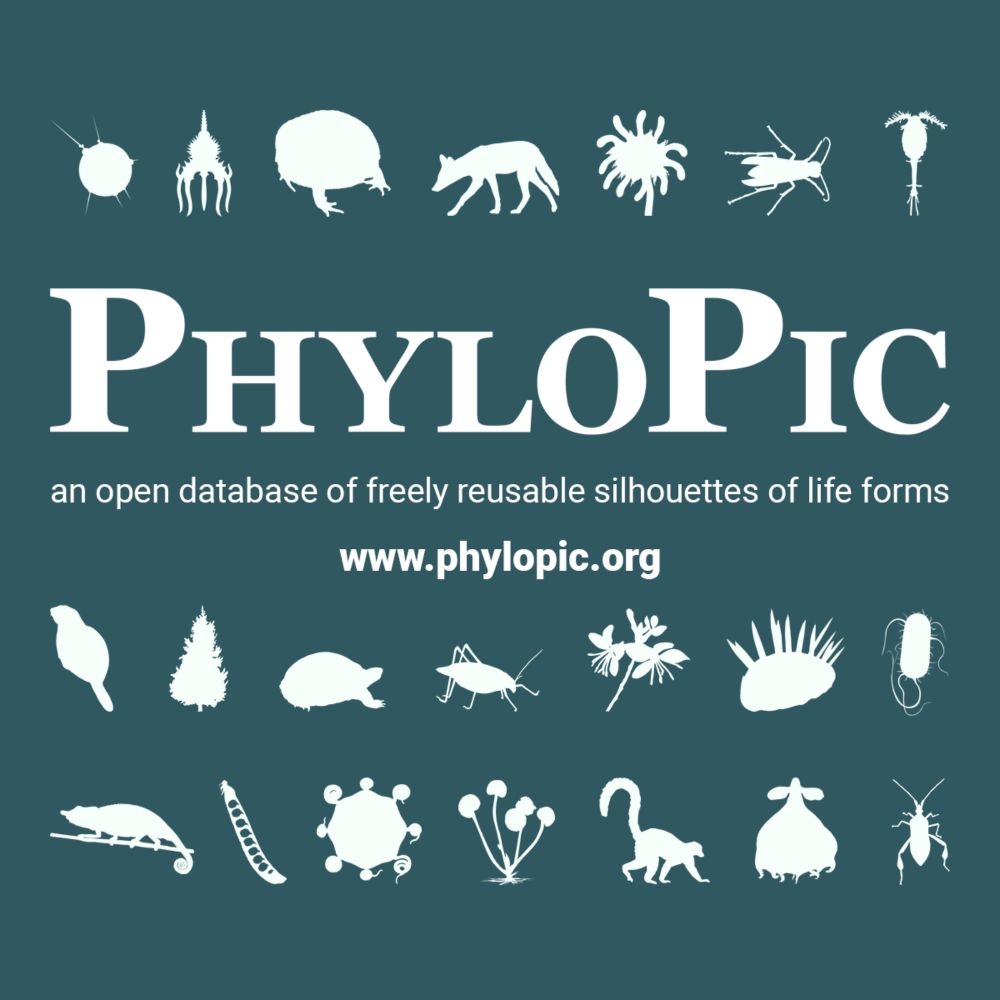
Annual reminder that PhyloPic is your free go-to source for organismal silhouettes for #Jack-o'-lantern designs phylopic.org @tmkeesey.bsky.social 🧪
19.10.2024 02:14 — 👍 311 🔁 181 💬 9 📌 6
Interesting resource. 🇪🇺👩💻
I was only aware of a fraction of these services
european-alternatives.eu/alternatives...
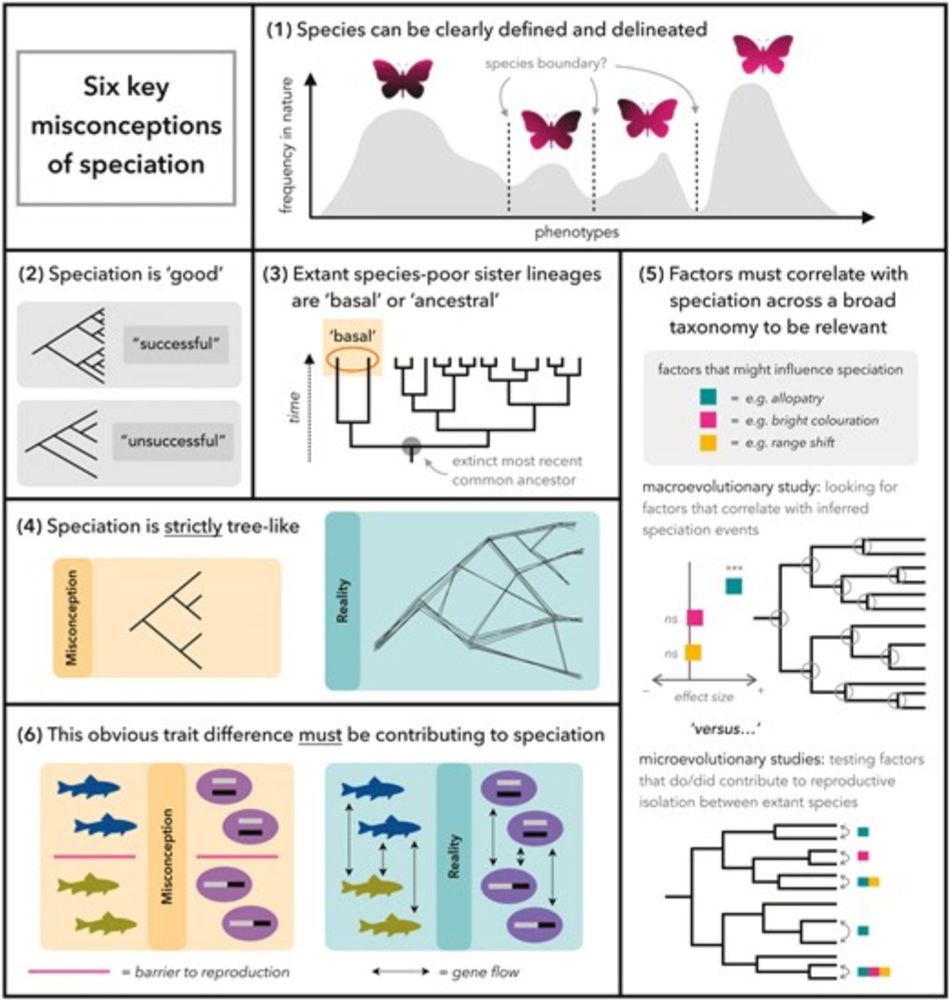
A nice perspective about common misconceptions of speciation
academic.oup.com/evolinnean/a...
I'm not very confident with my morphological identification. I was going to ask @plannapus.bsky.social actually!
I would say "Clade-M" from doi.org/10.1016/j.pr... (Phorticioidea, maybe?), but waiting from Johan's reply
Happy to have collaborated on this with Miguel! A new time-calibrated molecular phylogeny of radiolarians with insights on their hidden diversity 🧪
09.10.2024 14:55 — 👍 7 🔁 2 💬 0 📌 1Check out our latest study exploring the diversity and evolution of this planktonic group, from their appearance ~760 million years ago to their current biogeographic patterns
09.10.2024 13:56 — 👍 2 🔁 0 💬 0 📌 0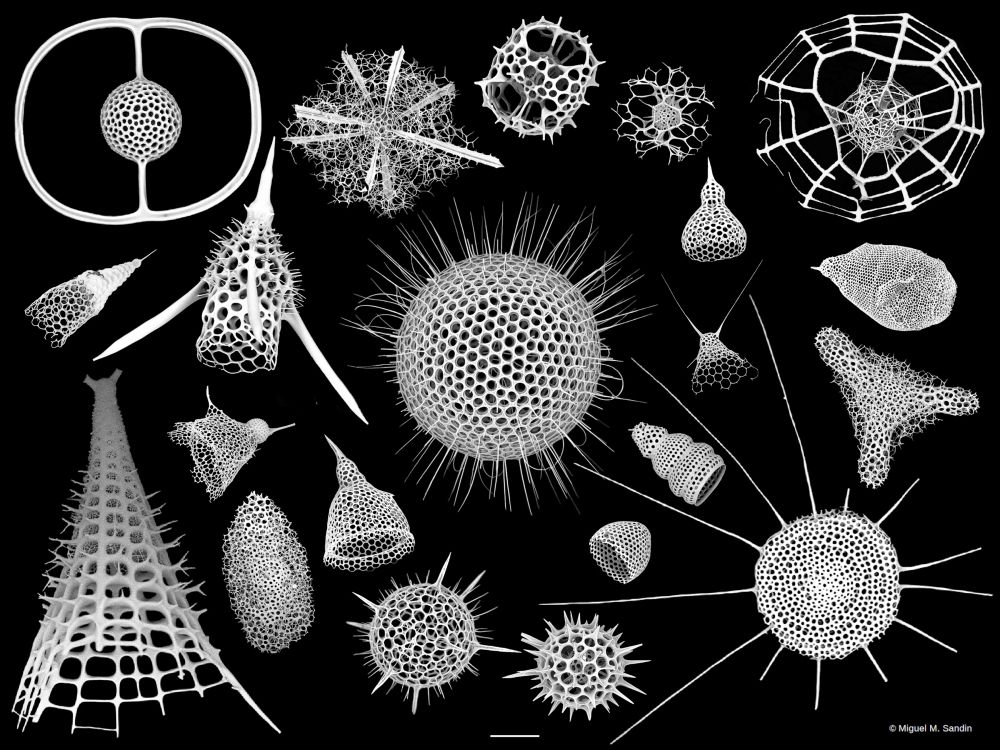
Radiolaria are known for their elaborate and gorgeous skeletons, found all over our oceans. But what if I tell you that half of their diversity might be naked!?
www.biorxiv.org/content/10.1...